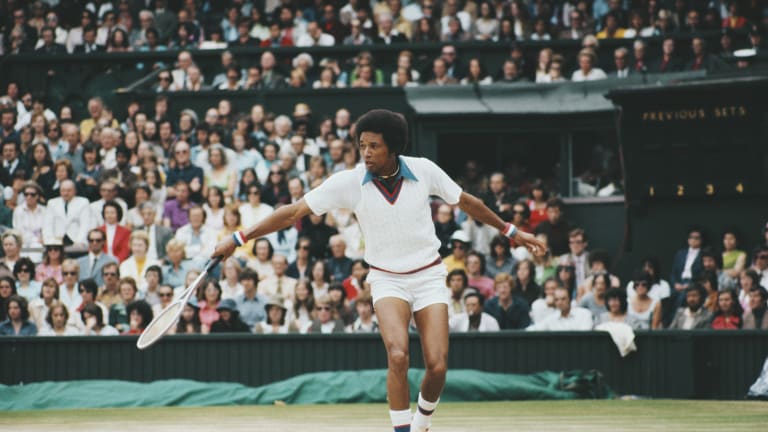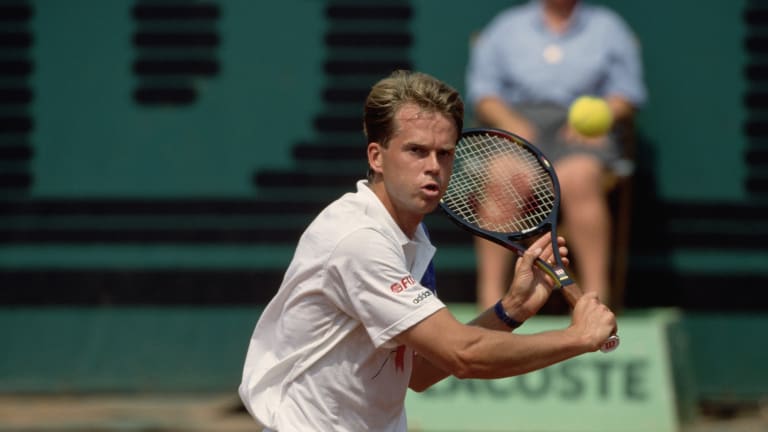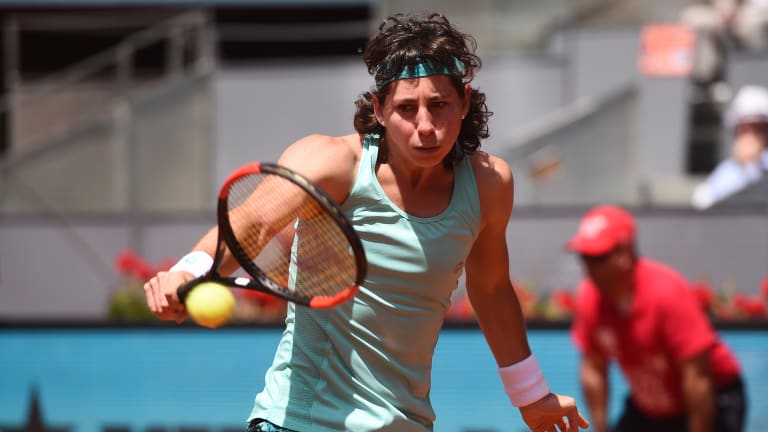In the wake of the news that this week will mark the first in ATP history that no players in the Top 10 possess a one-handed backhand, Tennis.com offers a look back at a 2023 series counting down the 20 most impressive one-handers, and how their combination of beauty and efficiency left their mark on the game.
Special Feature
The Greatest One-Handed Backhands of the Open Era, Nos. 10-7: Ashe, Edberg, Suarez Navarro, Laver
By Mar 10, 2023Special Feature
On the first day of the Paralymics in Paris, an ode to wheelchair tennis
By Aug 28, 2024Special Feature
What “gift” each American men's contender needs to get over the Grand Slam hump
By Mar 03, 2024Special Feature
One-Slam Wonderful: Yannick Noah's Roland Garros title, 40 years later
By Jun 11, 2023Special Feature
"That Red Light" & The Blueprint: Returning to Lowell, where 20 years ago today, Tennis Channel went live for the first time
By Apr 26, 2023Special Feature
Where’s McEnroe? Why Barty? Why not Korda? A “20 Greatest One-Handed Backhands of the Open era” postscript
By Mar 16, 2023Special Feature
Who's No. 1? Roger Federer and Justine Henin atop The Greatest One-Handed Backhands of the Open Era
By Mar 14, 2023Special Feature
The Greatest One-Handed Backhands of the Open Era, Nos. 6-3: Richard Gasquet and Stan Wawrinka make their appearances
By Mar 13, 2023Special Feature
The Greatest One-Handed Backhands of the Open Era, Nos. 15-11: Haas' versatility, Barty's slice—and don't forget about Almagro
By Mar 09, 2023Special Feature
Who's Number One? Our five-part series on the 20 best one-handed backhands begins
By Mar 08, 2023Special Feature
The Greatest One-Handed Backhands of the Open Era, Nos. 10-7: Ashe, Edberg, Suarez Navarro, Laver
This foursome hit with elegance and excellence.
Published Mar 10, 2023

Advertising
Advertising

At 4-4 in the fourth set of the 1975 Wimbledon final against Jimmy Connors, Ashe delivered the title-winning knockout blows with two screaming backhand winners.
© Getty Images
Advertising
Advertising

Edberg’s one-hander unlocked his net game, and made his transition into the backhand volley easier. Once there, he was second to none.
© Corbis/VCG via Getty Images
Advertising
Advertising

As aesthetics go, Suarez Navarro's backhand might be No. 1.
© 2018 Getty Images
Advertising
Advertising

With his long extension and trunk-like left forearm, Laver could drive the ball and hit it with more topspin than most of his contemporaries.
© Getty Images